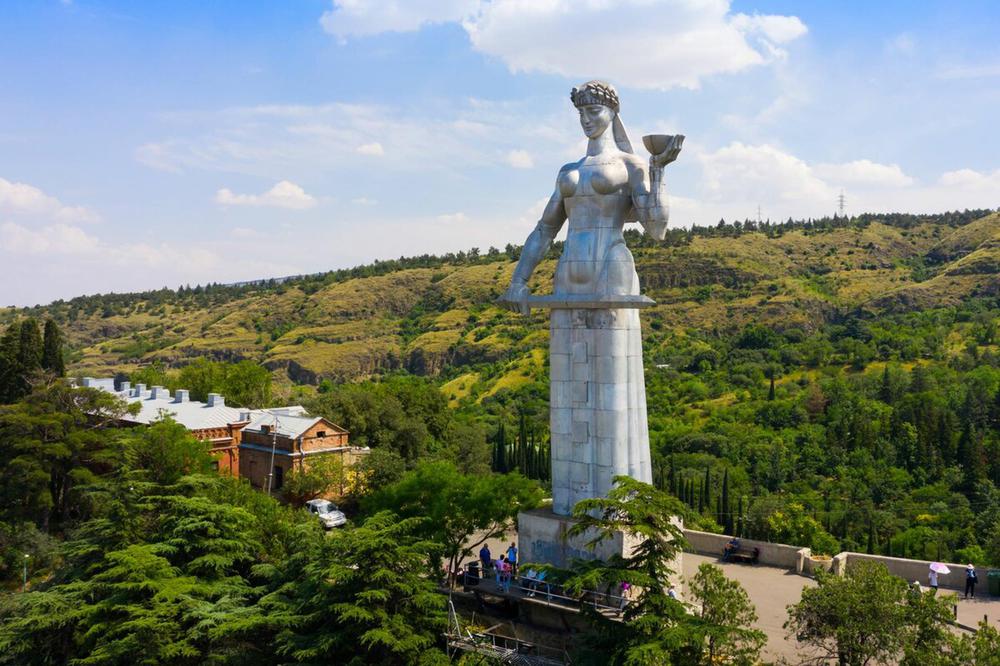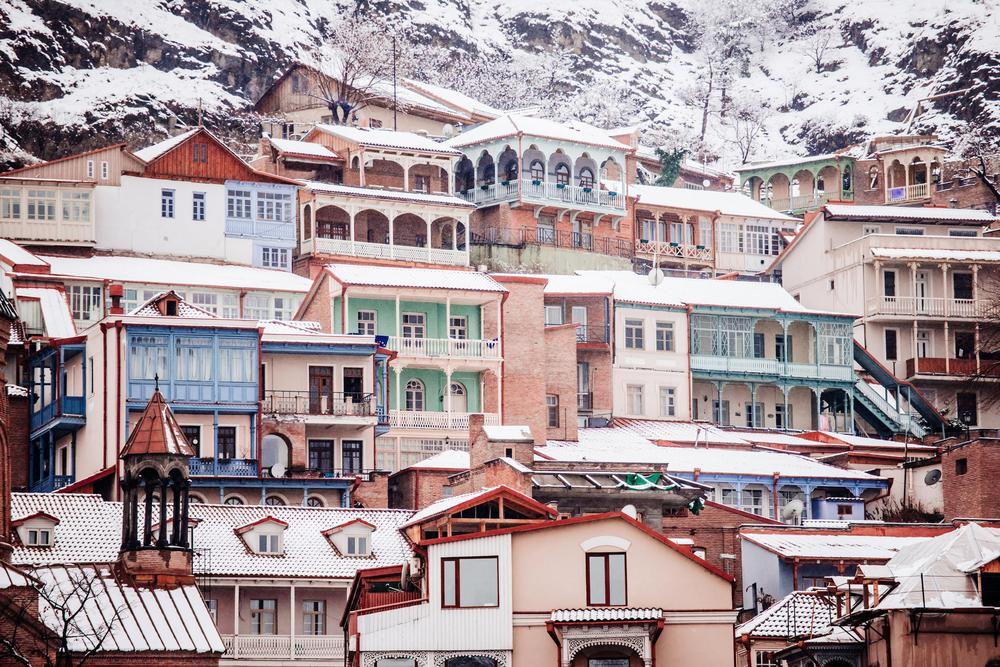Tucked away in the heart of Old Tbilisi, Lower Bethlehemi Church represents a slice of the city's rich religious history and diversity. Known as the Church of Saint Stepanos of the Holy Virgins, this structure dating from the 14th to the 19th century, stands beneath the imposing Narikala fortress. The church underwent a major transformation between 1868 and 1870, operating as an Armenian church before transitioning to the Georgian Orthodox Church in 1988.
As you traverse the northern ridge of the Sololaki Range, the unique placement of this church comes into view. Poised on the steep incline of Kidisubani along the Betlemi Stair-Street, the church's brick edifice seems to grow seamlessly from the cliff, bringing an added touch of elegance and mystery to the locale.
The site of the church was originally home to the convent of Surb Stephanos, founded by Armenian immigrants from Iran. The establishment of a domed church in 1868 significantly altered the site. Further renovations took place in 1910, with a notable period of interior painting from 1991 to 1997.
Today, the church boasts an "inscribed cross" design atop a brick citadel clad in stone. Dome windows are tucked within an arch, with entrances situated on the northern and western sides. A grand, two-way stone staircase leads to the northern entrance, which is adorned by a painted icon of the Saviour Not Made By Hands in a lunette above the arched iron door.
Named after the church, the Betlemi District forms a key part of Tbilisi's historic landscape. The Betlemi Stair-Street, with 120 steps hugging the cliff face, serves as a link between the Lower and Upper Bethlehemi Churches, providing a mesmerizing journey through one of the city's most treasured neighborhoods.












